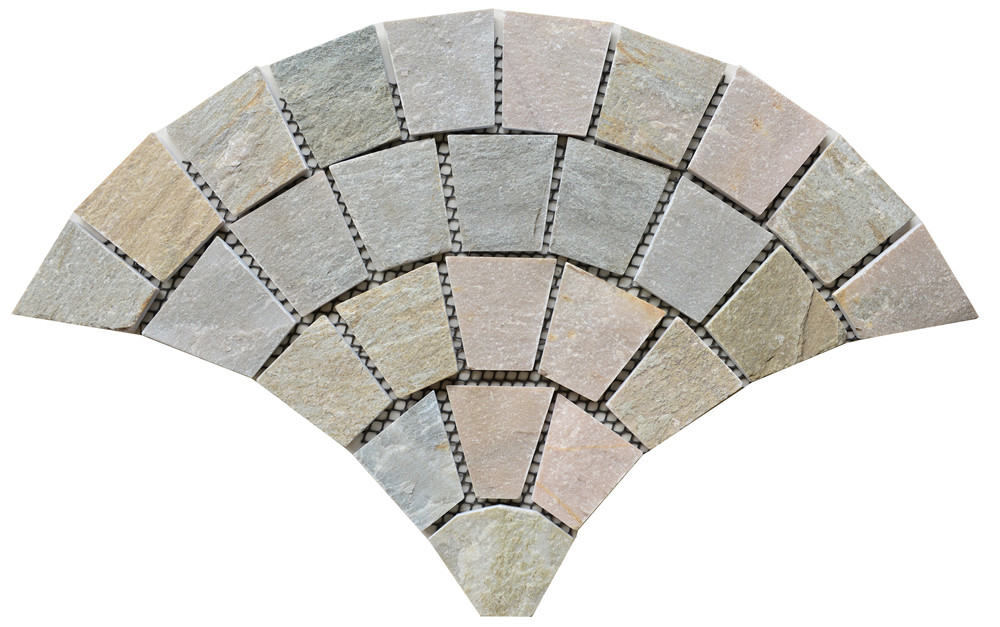Introduction
Soapstone is a unique and versatile material that has been used for centuries in various cultures around the world. Known for its smooth texture, heat-resistant properties, and beautiful appearance, soapstone has long been a favorite choice for a wide range of applications, from countertops and sinks to sculptures and cookware. In recent years, a new form of soapstone known as cultured soapstone has gained popularity for its enhanced durability and design flexibility. In this article, we will explore the beauty and versatility of cultured soapstone, delving into its history, characteristics, uses, and benefits.
History of Soapstone
Soapstone, also known as steatite, is a metamorphic rock that is composed primarily of talc, with varying amounts of other minerals such as chlorite, pyroxenes, micas, amphiboles, and carbonates. It is soft and easily workable when freshly quarried, but hardens over time due to exposure to air. Soapstone has been used by various civilizations throughout history for a wide range of purposes, thanks to its unique properties.
https://www.fs-slate.com of the earliest known uses of soapstone dates back to ancient Egypt, where it was carved into amulets, scarabs, and other decorative objects. The Egyptians also used soapstone for making vessels, seals, and other utilitarian items. In ancient Greece, soapstone was used to make molds for casting metal objects, as well as for architectural elements such as columns and statues. The Romans also utilized soapstone for a variety of purposes, including cookware, inscriptions, and architectural details.
In more recent history, soapstone has been widely used in North America, particularly in regions where it is abundant. Native American tribes such as the Inuit and Algonquian peoples used soapstone to create tools, carvings, and decorative objects. European settlers in North America also recognized the value of soapstone and used it for hearthstones, stoves, and other practical applications.
Characteristics of Cultured Soapstone
Cultured soapstone is a modern adaptation of traditional soapstone that has been engineered to enhance its durability and design possibilities. Unlike natural soapstone, which can vary in hardness and color, cultured soapstone is manufactured to have a consistent appearance and performance characteristics. Cultured soapstone is typically a blend of natural minerals, resins, and pigments that are combined and molded into desired shapes and sizes.
One of the key characteristics of cultured soapstone is its durability. While natural soapstone is relatively soft and can be prone to scratching and chipping, cultured soapstone is much harder and more resistant to wear and tear. This makes it an ideal choice for high-traffic areas such as kitchen countertops, bathroom vanities, and flooring. Cultured soapstone is also non-porous, which makes it resistant to stains and easy to clean.
In terms of appearance, cultured soapstone closely resembles natural soapstone, with its characteristic smooth texture and subtle veining. However, cultured soapstone offers a wider range of colors and patterns than natural soapstone, thanks to the addition of pigments and other materials during the manufacturing process. This allows for greater design flexibility and customization options, making cultured soapstone a versatile choice for a variety of applications.
Uses of Cultured Soapstone

Cultured soapstone can be used in a wide range of applications, both functional and decorative. One of the most popular uses of cultured soapstone is in kitchen countertops and backsplashes. Cultured soapstone countertops offer a unique and elegant alternative to traditional materials such as granite or marble. The smooth surface of cultured soapstone provides a perfect work surface for food preparation, while its heat-resistant properties make it ideal for placing hot pots and pans directly on the countertop.
In addition to kitchen countertops, cultured soapstone is also used in bathroom vanities, shower surrounds, and tub enclosures. The non-porous nature of cultured soapstone makes it an excellent choice for wet areas, as it resists water damage and mold growth. Cultured soapstone can also be used for flooring, wall cladding, and fireplace surrounds, adding a touch of luxury and sophistication to any space.
Another popular application of cultured soapstone is in the creation of decorative objects and sculptures. Artists and designers are drawn to the unique aesthetic qualities of soapstone, which can range from soft, muted colors to vibrant, bold patterns. Cultured soapstone allows for greater creativity and experimentation in sculptural work, as it can be easily shaped and carved into intricate designs.
Benefits of Cultured Soapstone
There are several benefits to choosing cultured soapstone for your home or project. One of the key advantages of cultured soapstone is its durability and low maintenance requirements. Unlike natural soapstone, which requires regular sealing to prevent staining and etching, cultured soapstone is non-porous and easy to clean. A simple wipe with a damp cloth is usually all that is needed to keep cultured soapstone looking its best.
Another benefit of cultured soapstone is its versatility in design. With a wide range of colors, patterns, and finishes available, cultured soapstone can be customized to suit any aesthetic preference. Whether you prefer a classic, monochromatic look or a bold, contemporary design, cultured soapstone can be tailored to your specifications. This flexibility makes cultured soapstone a popular choice for designers and homeowners alike.
In addition to its aesthetic appeal and durability, cultured soapstone also offers environmental benefits. Many manufacturers of cultured soapstone use recycled materials in their production process, reducing waste and conserving natural resources. Cultured soapstone is also a long-lasting material that is resistant to wear and tear, reducing the need for frequent replacements and contributing to sustainable design practices.
Conclusion
Cultured soapstone is a modern innovation that combines the beauty and versatility of natural soapstone with enhanced durability and design possibilities. With its smooth texture, heat-resistant properties, and wide range of colors and patterns, cultured soapstone is a versatile material that can be used in a variety of applications, from kitchen countertops and bathroom vanities to decorative objects and sculptures. Whether you are looking for a practical, low-maintenance surface or a unique, artistic statement piece, cultured soapstone offers a blend of form and function that is sure to enhance any space.
